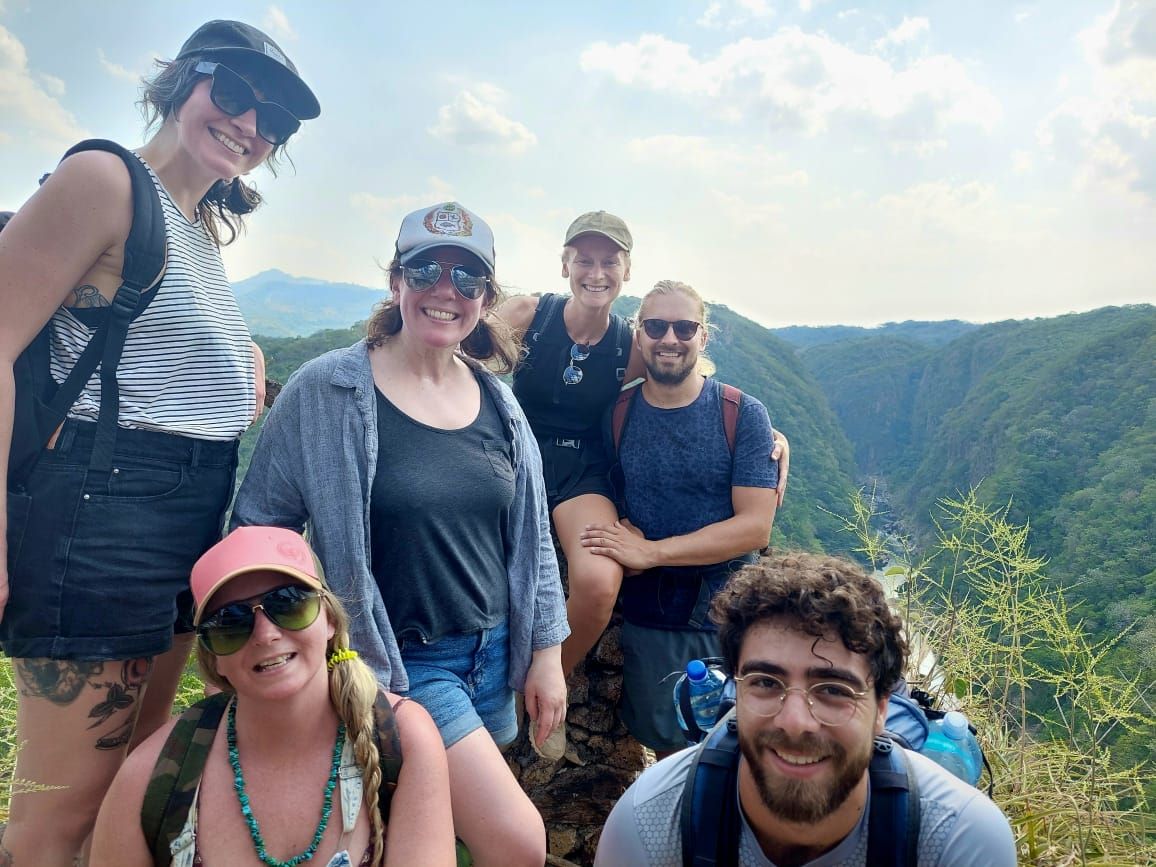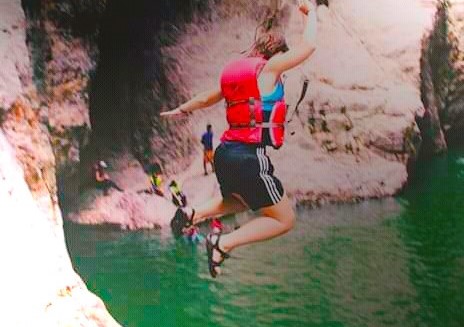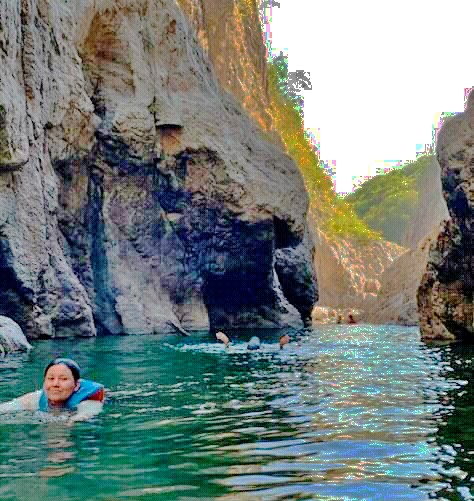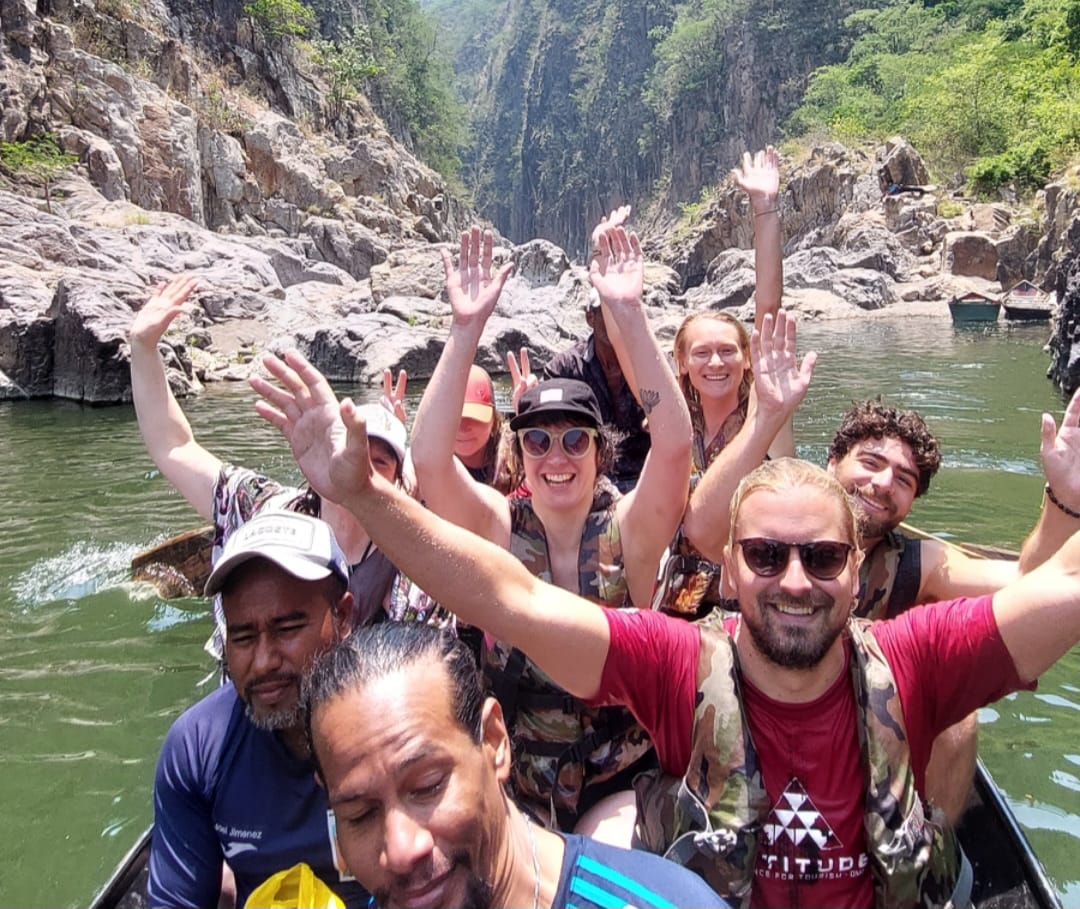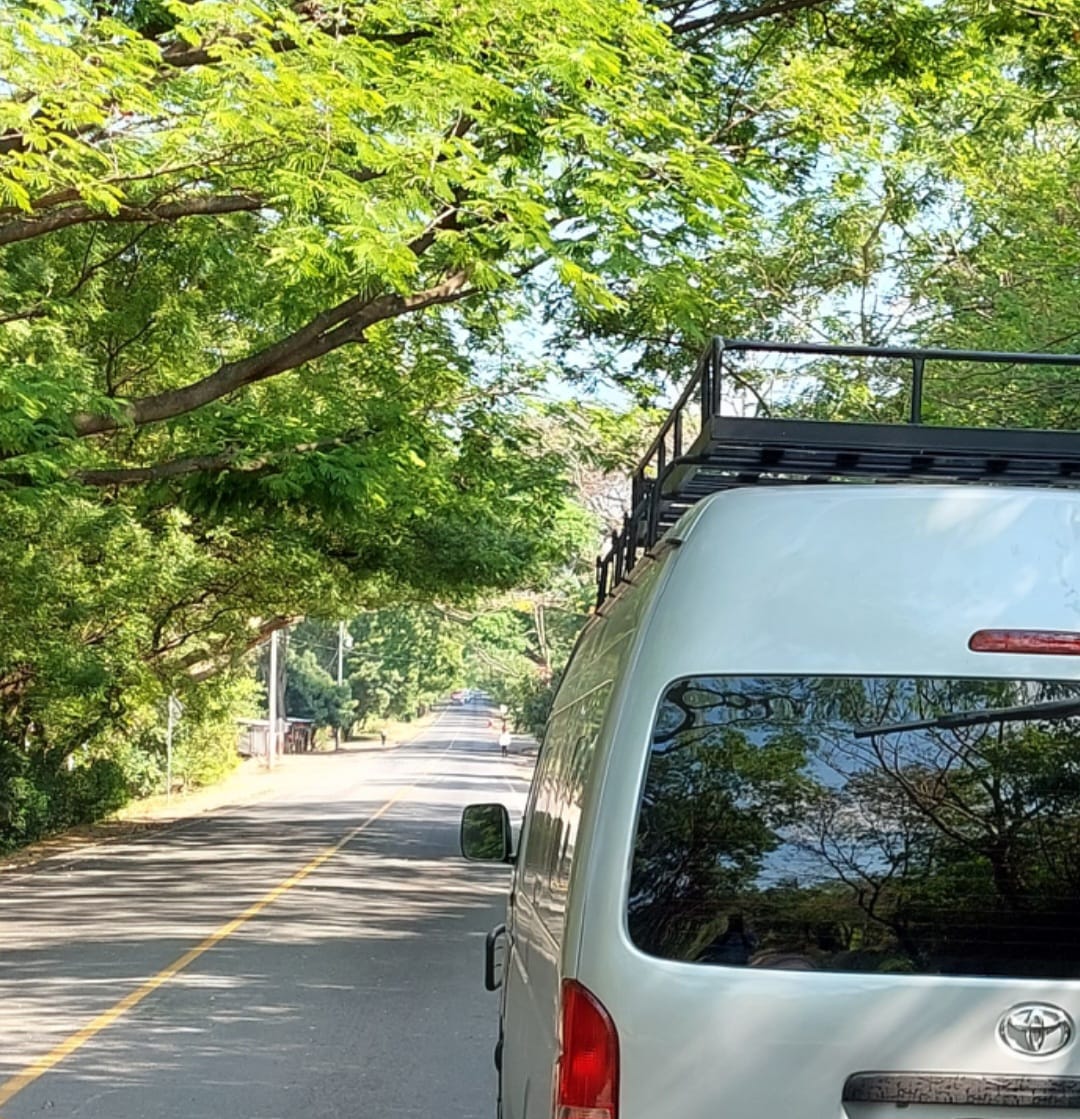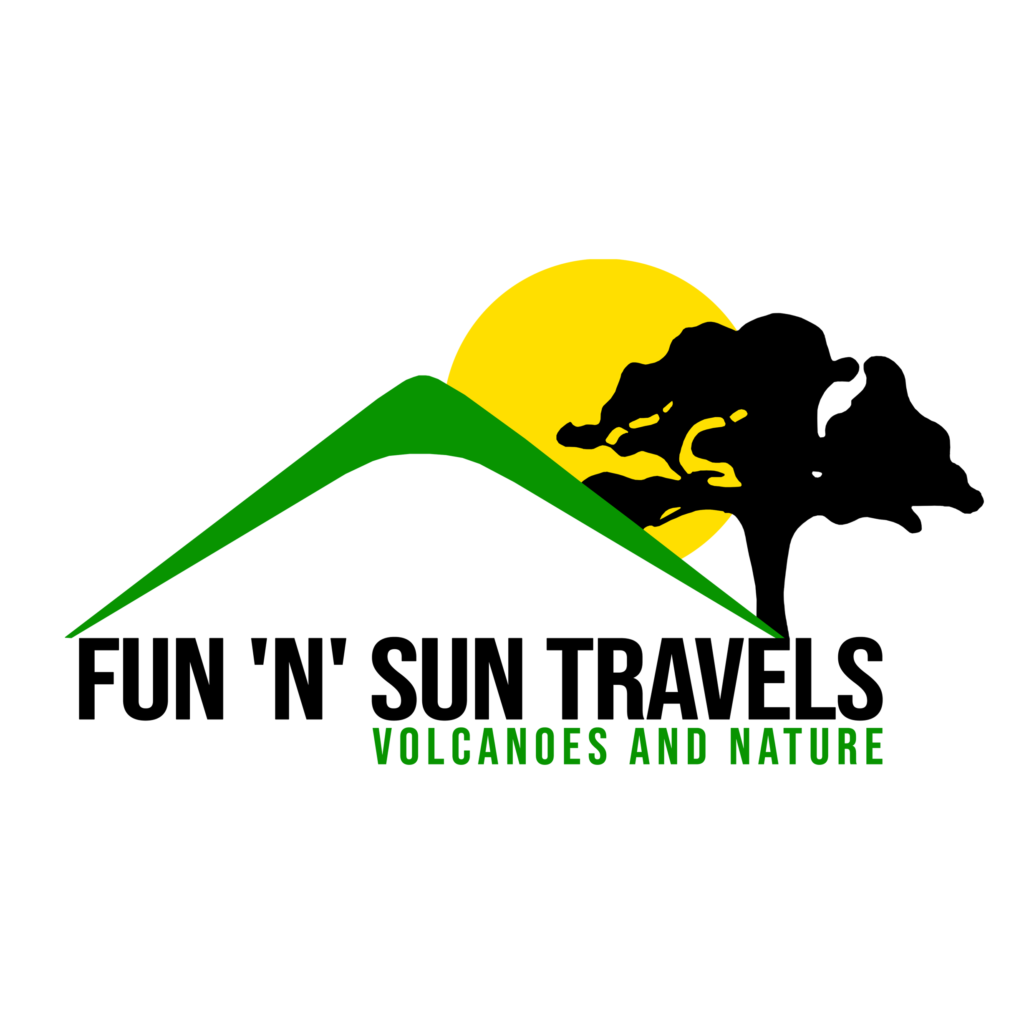the best of SOMOTO CANYON
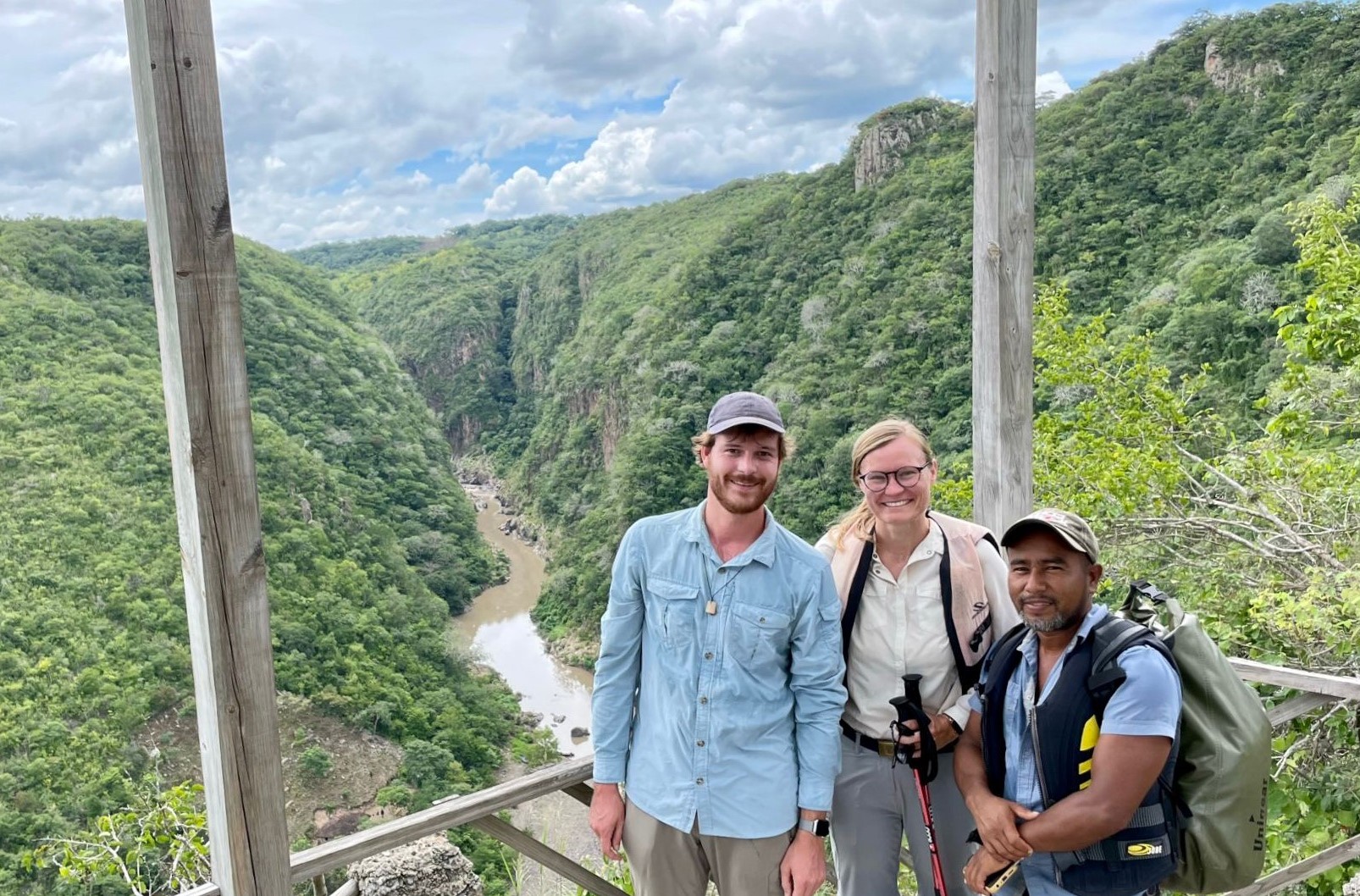

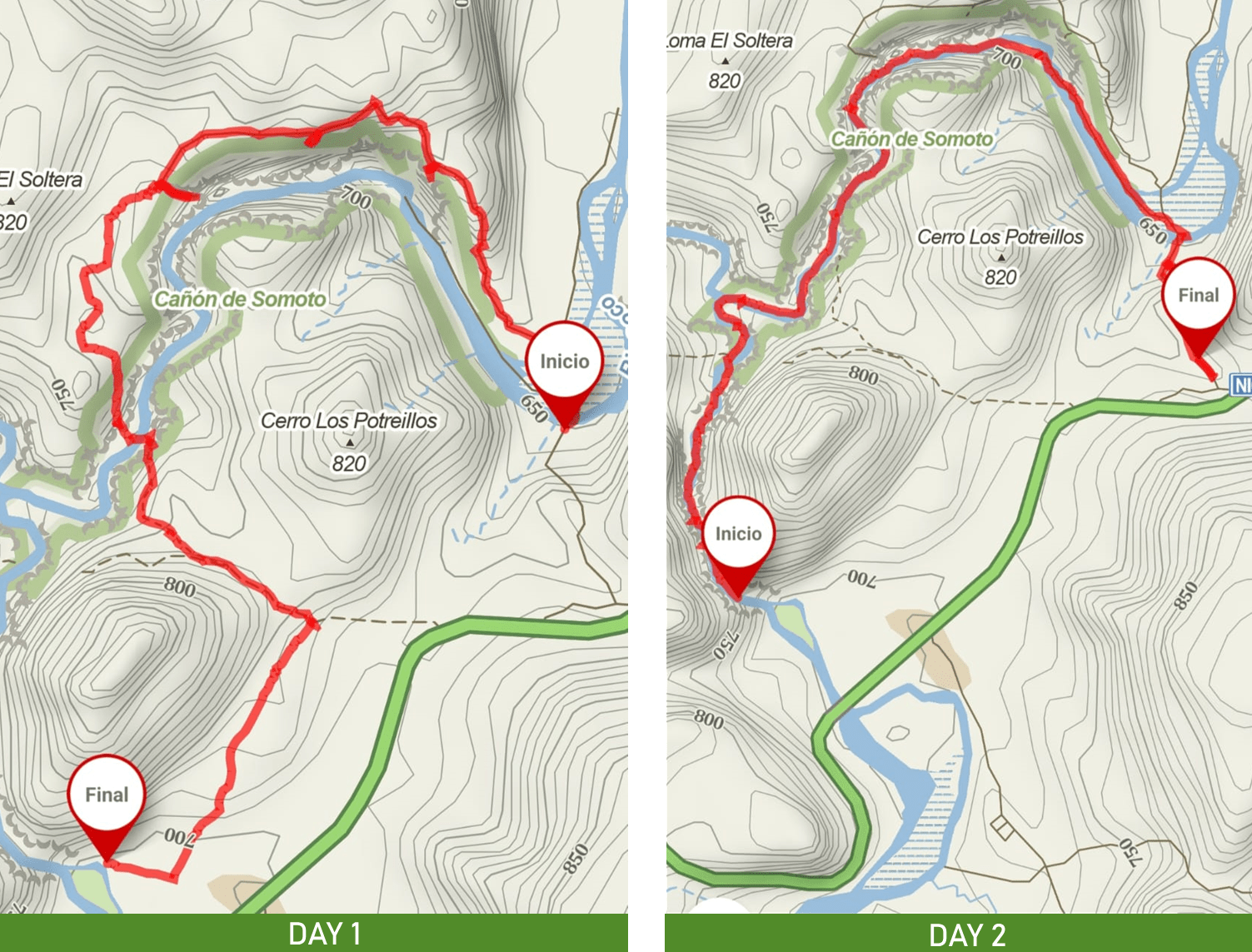
Overview
A deep chasm cuts through millennia-old rock. Vertical walls of 150m rise up from a spectacular gorge of 12km in length. Below, the emerald waters of the Rio Coco twist and turn through its narrow passageways. This is the breathtaking Somoto Canyon.
This expedition will allow you to explore in two days a different and more untouched side of Nicaragua still largely untapped by the everyday traveller. Combining a hike with camping and canyoneering while exploring every inch of this wonderful place is an opportunity you can’t turn down.
Itinerary
DAY 1 / hiking and camping
After picking you up at your accommodation in Leon city we’ll travel 4 hours on good roads, stop for lunch and move on to the general entrance to the canyon. Here we you’ll meet up with your local guide, get some general information and begin the hike taking with you only a daypack with the essentials.
The initial climb to scale the slopes of the canyon is surprisingly easy. This is no volcano after all. Almost immediately you’ll come to Mirador Garrobo, the first of three excellent lookouts. It’s a fantastic vantage point to glimpse the grandeur of Somoto Canyon from on top of the canyon walls.
As the trail continues, the rocky path passes farmland and undulates along the canyon’s edge. The next miradors you’ll visit along the trail are, in fact, equally as spectacular as the first. It is here where really you’ll get your first sense of the size of the canyon. Finally you´ll pass some little communities observing the real Nicaraagua countryside lifestyle before reaching camp.
- Type: One-Way
- Distance: 8.5km
- Time: 3.75 hours
- Accumulated elevation gain: 332m
- Difficulty: Easy
DAY 2 / Canyoneering
Today the canyoneering adventure begins just a few metres’ walk from the campground after enjoying a wonderful sunrise poking through the tree cover. Camping gears will be paked away and transported back to the main entrance by the staff of F&S Travels and your guide will carry a dry bag for any valuables if you don’t have one. The route back to the general entrance can now be experienced from below. You’ll get to enjoy everything from rock jumping and swimming through the pleasantly cool waters, to exploring hidden caves and even a little moregentle hiking.
The final section of the trail involves a relaxing rowboat ride and then a short stroll back to our private vehicle. After that we’ll put dry clothes on, eat luch with a local family and travel back to Leon.
- Type: One-way
- Distance: 12.5km
- Time: 4 hours
- Accumulated elevation gain: 106m
- Difficulty: Moderate
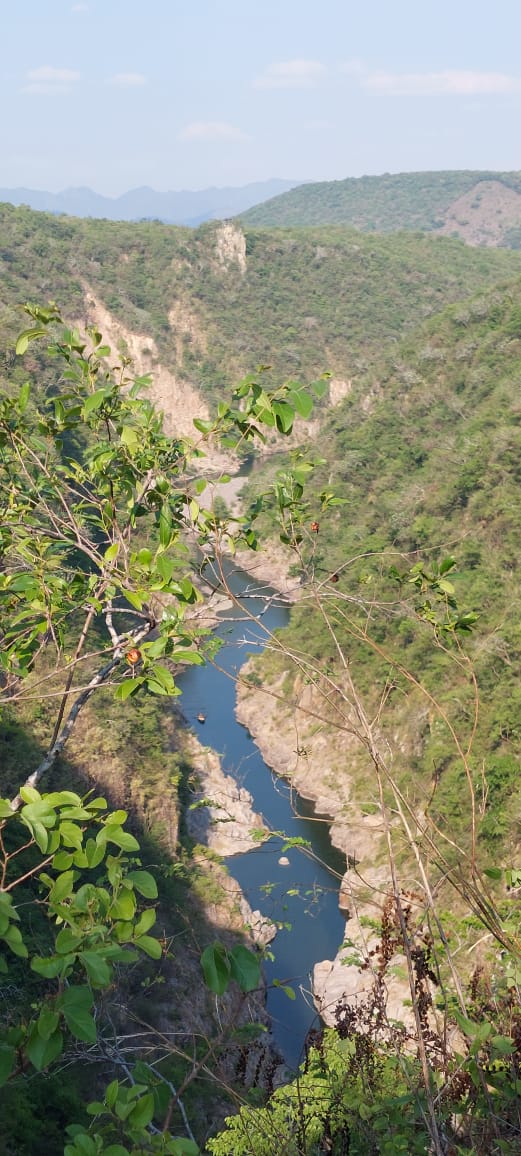
WHAT’S the price?
C$5,550 – $150USD/person for two people
C$4,440 – $120USD/person for three people
C$4,070 – $110USD/person for four people
C$3,700 – $100USD/person for five people
C$3,330 – $90USD/person for 6 people +
WHAT’S INCLUDED?
– round trip transportation with a/c
– licensed tour guide & local guide
– entrance fee to the reserve
– 3 meals: D, B & L
– camping gears, life jackets & dry bag
– rowboat
– water, drinks and snacks
advisable to bring
– lightweight hiking boots
– quick-dry clothes and warm clothes
– waterproof jacket for winter season
– day backpack & sunglasses
– spare clothes, socks & shoes
– head torch with extra bateries
– sunscreen, hat & mosquito repellent
– sandals with straps
– 2 liter water bottle to refill
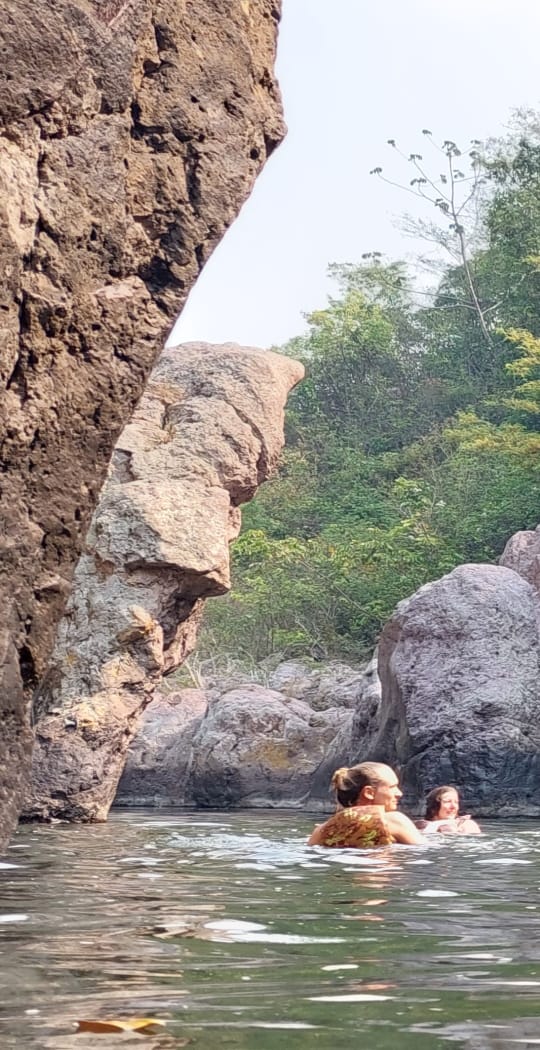
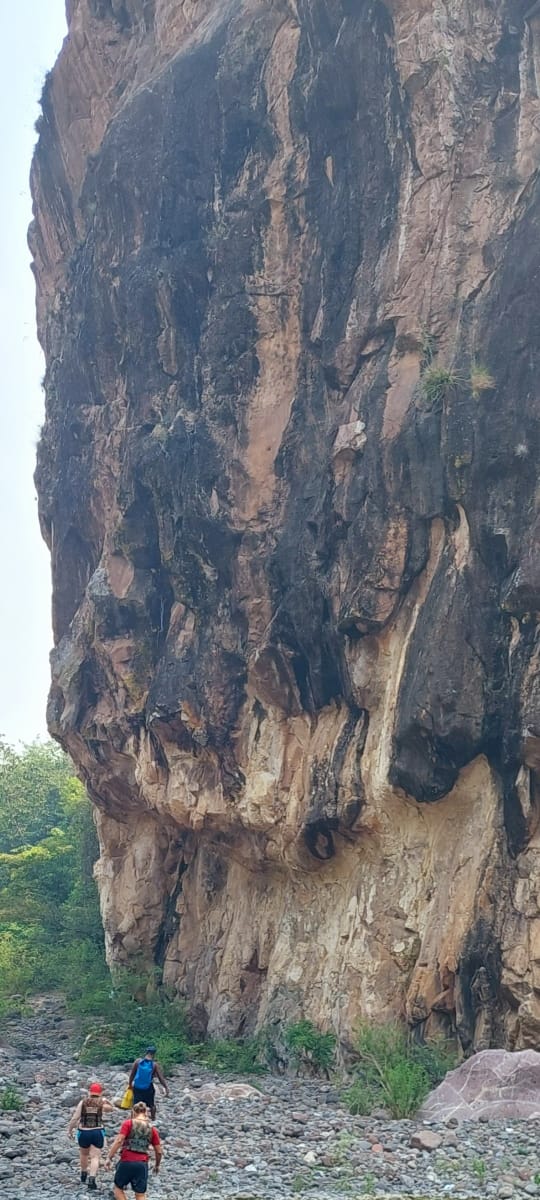
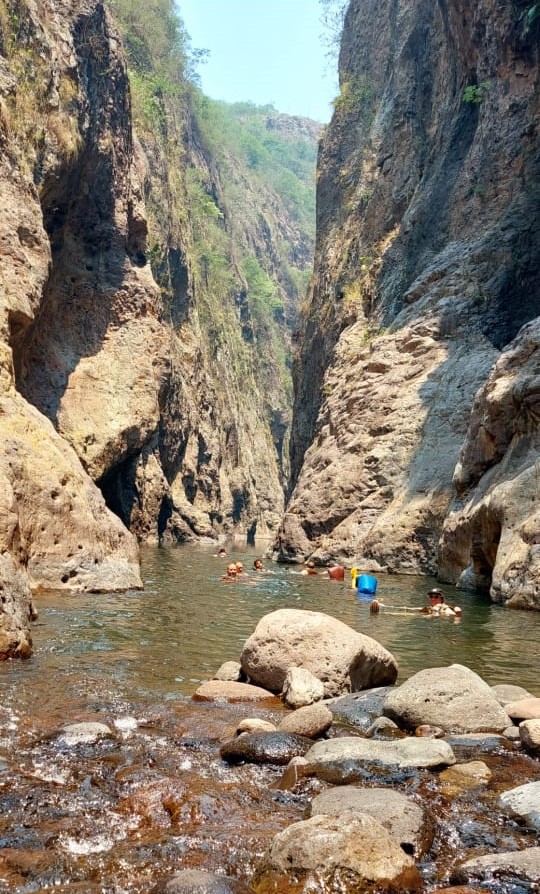
Important information
- A group of Czech and Nicaraguan scientists ‘discovered’ the canyon in 2004. Ever since it’s been growing in popularity. Of course, locals have been enjoying Somoto Canyon for years.
- The Tapacalí River in Nicaragua and Comali River in Honduras converge at the head of the canyon.
- The canyon took between 5 and 15 million years to form.
- You can boat, walk, swim or climb in the canyon.
- Somoto Canyon is actually one of the oldest rock formations in Central America.
- During the wet season, the water levels rise significantly in the canyon, making some trail options unsafe to complete.
- Somoto Canyon Natural Monument is the only geopark in Central America.
- Somoto Nicaragua was declared a UNESCO World Heritage Site in 2020.
